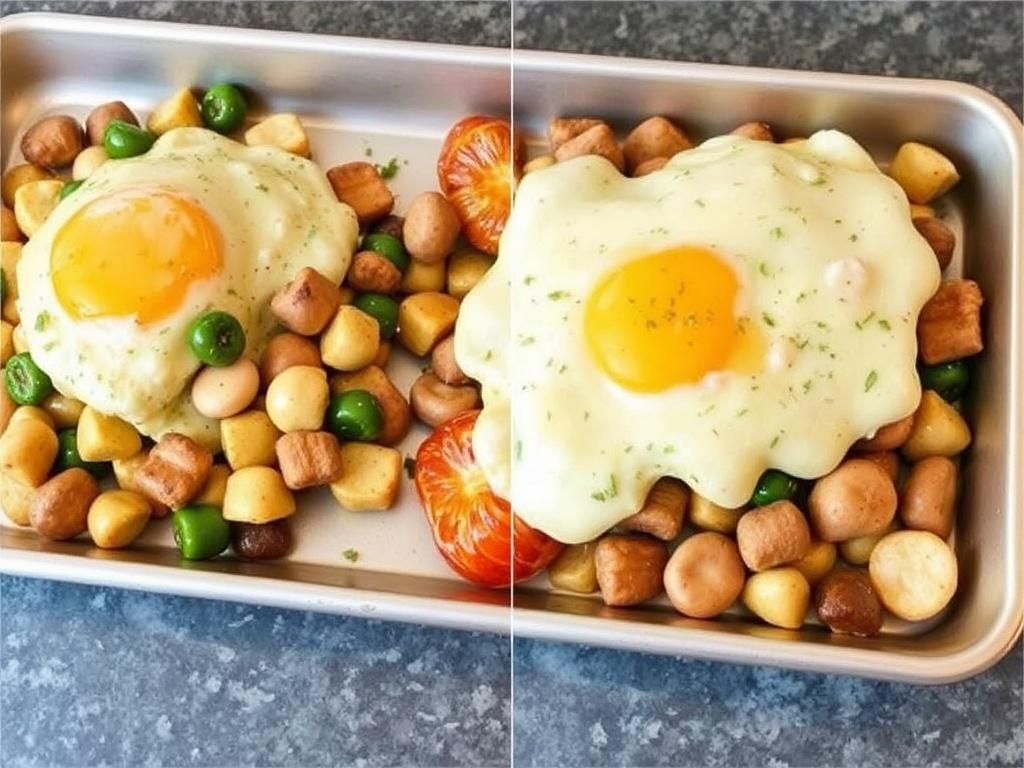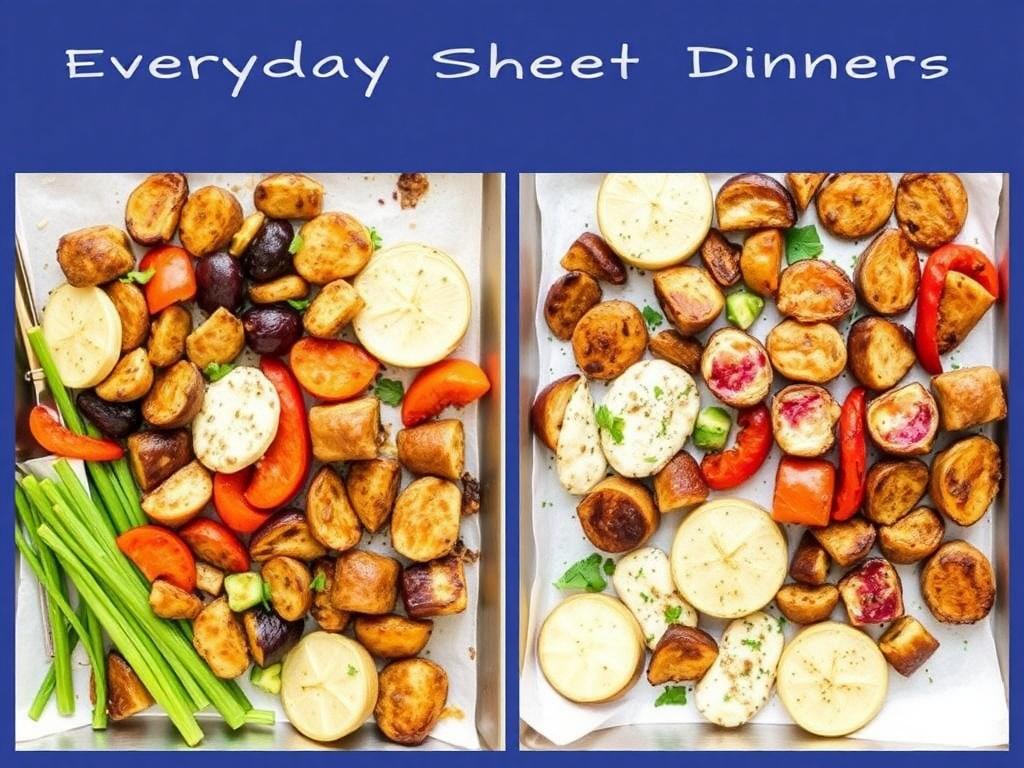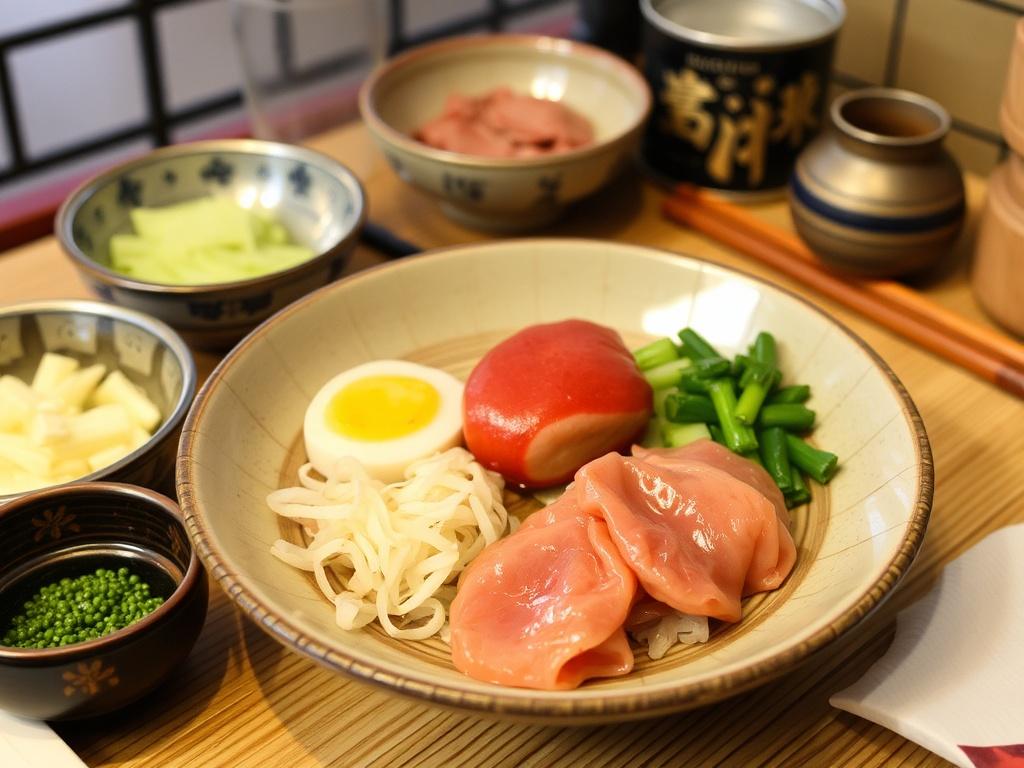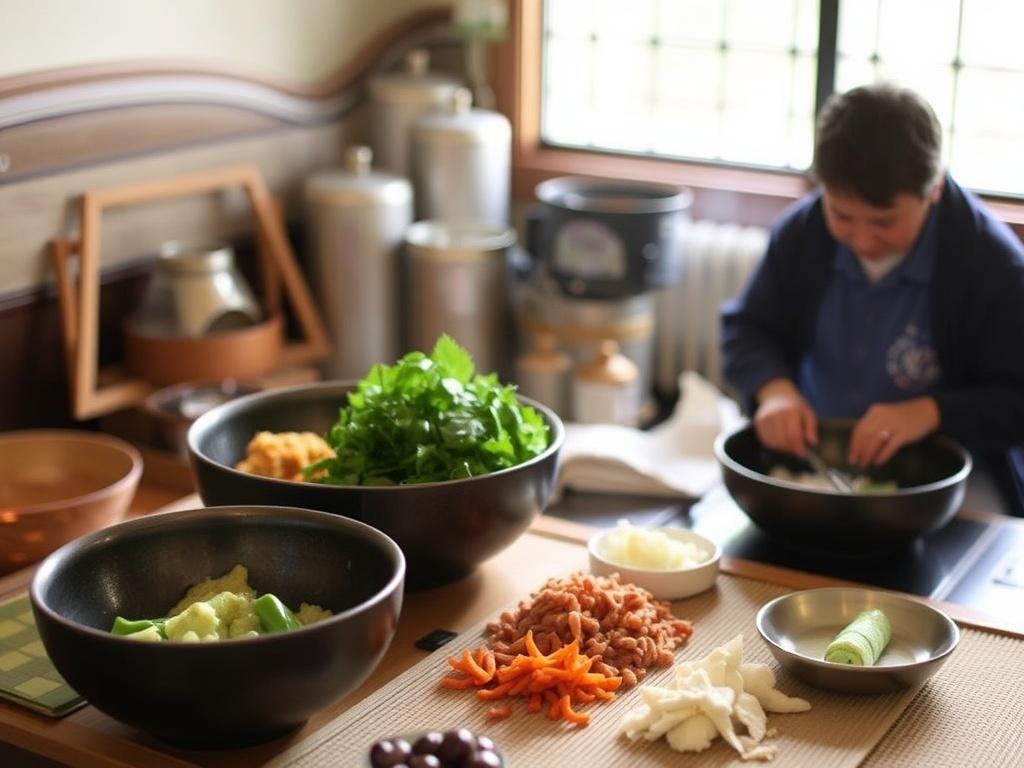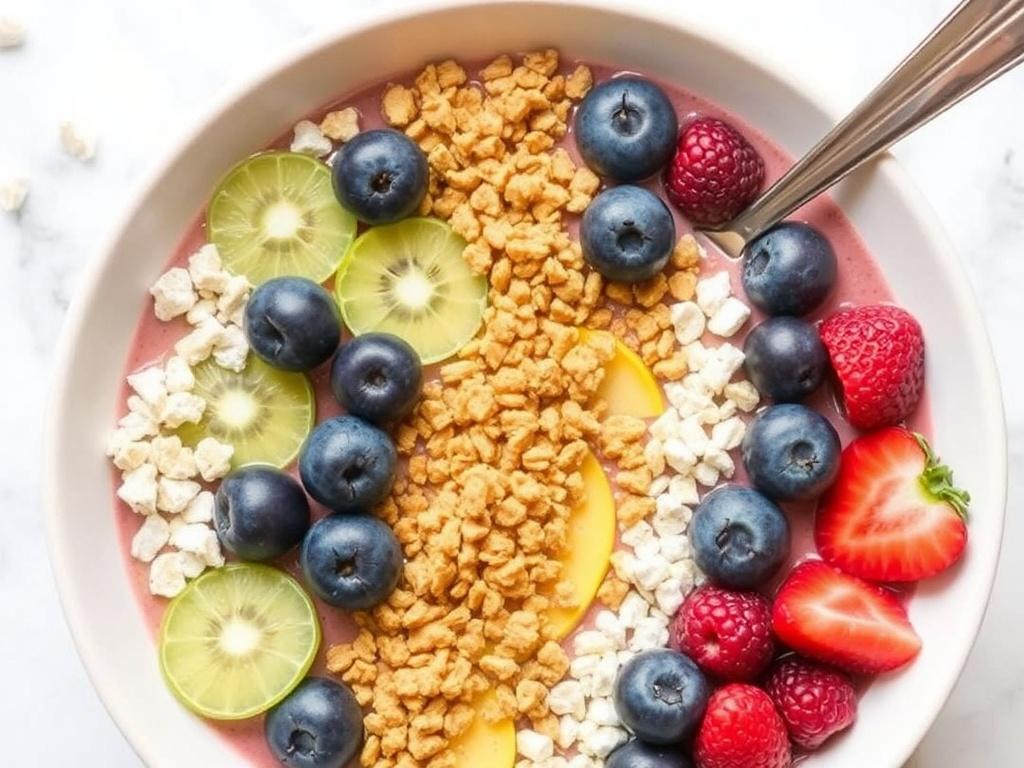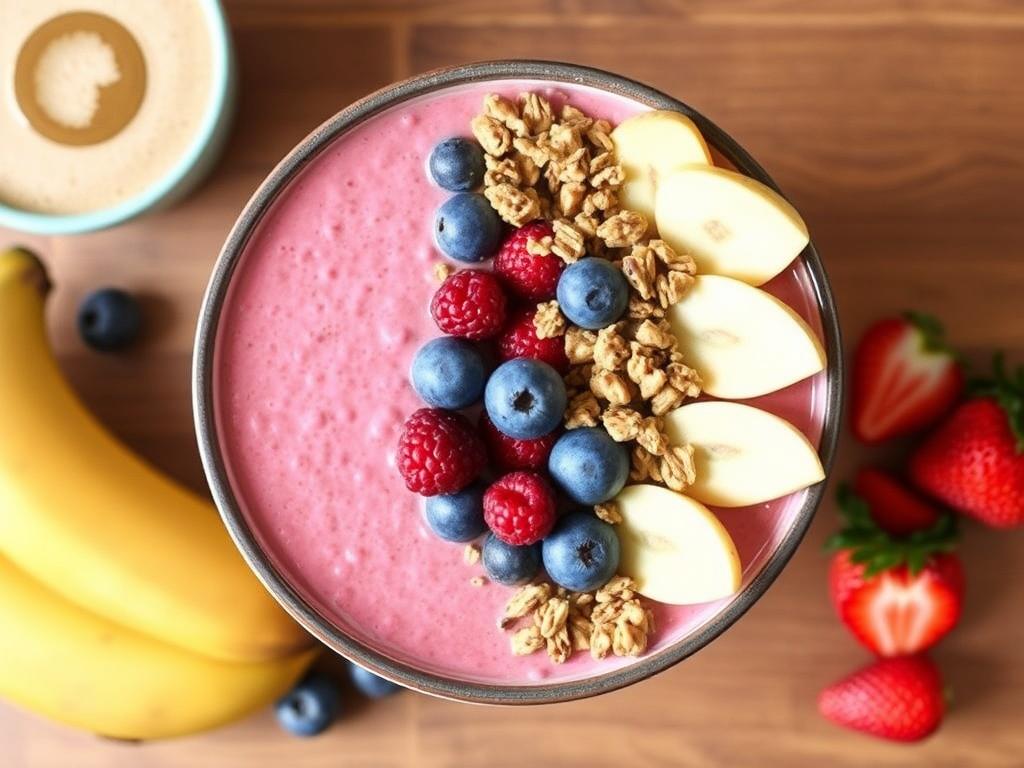Healthy Back-to-School Snacks: Tasty, Fast, and Kid-Approved Choices
Starting the school year means rethinking the small meals that keep kids going between classes. Healthy Back-to-School Snacks are not just about swapping chips for carrot sticks; they’re about easy-to-grab foods that combine nutrients, flavor and portability so children can focus in class and play after school. In this article I’ll walk through the why and how of packing better bites, share practical recipes and give real-life tips that save time on busy mornings. You don’t need a chef’s hat to make snacks that feel special; a little planning and a few steadfast staples go a long way. Expect straightforward ideas that respect picky eaters, allergies and different age groups.
Why thoughtful snacks matter for learning and behavior
Snacking is not a guilty pleasure when it’s done right; it’s a tool. A steady supply of nutrients between meals stabilizes blood sugar and attention — simple carbohydrates can give a quick spike but then a crash, while protein and fiber sustain energy. Teachers often notice the difference: well-fed children are calmer, more cooperative and can concentrate longer. Snacks also model lifelong habits. When parents and caregivers show that quick bites can be both nourishing and enjoyable, children learn to prefer foods that serve their bodies and minds.
There’s also a social dimension: snacks often happen during group activities, clubs or sports, and appropriate choices reduce waste and classroom disruptions. Packing a thoughtful snack respects school allergy policies and shows kids how to balance taste and health. Over time these small choices add up, shaping preferences and metabolism. That’s why the goal isn’t perfection — it’s repeated exposures to wholesome options that become familiar and desirable.
Core principles for building balanced snacks
Think of snack-building as composing a small plate: include one element from protein, one from fiber or whole grains and a little healthy fat. Protein can be dairy, eggs, nut butters where allowed, or legumes; fiber and whole grains come from fruits, vegetables and whole-grain crackers; fats are simple — avocado, seeds, or a smear of nut butter. Avoid snacks high in added sugars and empty calories that satisfy taste but not fullness. Portion control is important: too large a snack can spoil appetite for lunch, too small won’t do the job.
Variety matters more than complexity. Rotate textures and colors to make snacks appealing: crunchy carrots, creamy hummus, soft cheese cubes and tart apple wedges. When shopping, read ingredient lists — shorter lists with recognizable foods are usually better. Keep a handful of shelf-stable options for days when fridge time isn’t available, and save some fresh items for home prep. These habits make healthy snacks realistic for busy families.
Grab-and-go options parents can trust
Life is often rushed, and that’s when portable options become essential. There are many no-prep snacks that meet nutrition goals and travel well in a lunchbox or backpack. Choose items that don’t require refrigeration for short periods or use an insulated bag with an ice pack for perishable foods. Reusability is also worth considering: silicone snack bags, small containers, and bento boxes reduce waste and streamline packing.
Here are dependable grab-and-go ideas that balance convenience with nutrients:
- Whole fruit (banana, apple, pear) — sturdy and mess-free
- String cheese or portioned cottage cheese — calcium and protein
- Nut or seed butter with whole-grain crackers or rice cakes — satisfying fats and carbs
- Roasted chickpeas or edamame — crunchy plant-based protein
- Homemade granola bars with oats and dried fruit — controlled sugar
These options fit different tastes and dietary rules, and they’re easy to scale for teens or little ones. When I prep for the week, I mix several of these items into small containers so everyone grabs a variety without thinking. Consistency beats complexity: a few reliable choices make mornings calmer and lunches more interesting.
Simple homemade recipes that travel well
Making snacks at home gives control over ingredients and reduces hidden sugars and additives. Below are a few recipes that don’t take long and store well. Each is designed to be kid-friendly, packable and adaptable to allergies or preferences. I’ve tested them with my family and with students during school cooking sessions; they consistently get thumbs up.
Apple and Sunflower Butter Sandwiches
Core idea: swap bread for apple slices for a crunchy, naturally sweet base. Slice a crisp apple into rounds, core if needed, and spread sunflower butter on one slice; top with a second slice. Sprinkle a few raisins or chia seeds if desired. These sandwiches travel well in a small container and hold up for a few hours with a cooler. For younger kids, core the slices to make them easier to hold and reduce choking risk.
Vegetable Muffins with Hidden Greens
Make savory muffins by folding grated zucchini, carrot and spinach into a whole-grain batter with an egg or two for structure. Add cheese for flavor and bake in a standard muffin tin for 20–25 minutes. Muffins freeze well; thaw a couple each night for the morning rush. They’re an excellent way to sneak vegetables into kids’ food without the fuss of raw veggies, and they pair well with yogurt or hummus on the side.
Energy Bites — No-Bake Oats and Dates
Pulse rolled oats, pitted dates, a spoonful of nut or seed butter and a handful of seeds in a food processor until sticky. Roll into small balls and chill. Flavor variations are endless: cocoa powder, dried berries, or orange zest. These bites are dense and satisfying, perfect for after-school activities when kids need sustained fuel. Keep them in the fridge; they’ll last a week or freeze for longer storage.
Batch-prep strategies that save time
Spending an hour on a weekend can populate the week with ready snacks and reduce weekday stress. Batch-prep sensible staples: wash and slice fruits and vegetables, portion dips into small containers, and preassemble snack packs with a protein, a grain and a fruit. Store items at eye level so children can choose on their own; independence builds healthy habits. Labeling containers with days or quick reheating notes also helps family members navigate choices.
Freezing is an underrated ally. Freeze individual pancakes, mini frittatas, or energy bites and pull them out the night before for lunch-time thawing. If mornings are the bottleneck, assemble lunchboxes the night before and refrigerate until leaving time. When I prep this way, I notice fewer forgotten items and less last-minute junk food grabbing. A little prep goes a long way toward consistent, nutritious choices for kids.
Dealing with picky eaters and allergies
Picky eating is normal; pressure rarely helps. Offer small tastes consistently, present foods in new formats and involve kids in choosing and prepping snacks. Sometimes a change in shape or texture — apple stars instead of rounds, or sliced cheese arranged like a smile — can make a familiar food suddenly appealing. Offer predictable favorites alongside one new item to expand preferences without causing mealtime battles.
Allergies demand clear communication and safe swaps. If nuts are banned at school, swap sunflower seed butter or soy-based spreads. For dairy-free diets, use fortified plant-based yogurts or tofu-based dips. Label containers and communicate with teachers if special handling is needed. In our house we keep allergy-safe staples in a dedicated shelf so there’s no risk of cross-contact when packing lunches in the morning.
Smart store picks: what to buy and what to avoid
Not everything marketed as “healthy” is actually good for daily snacking. Be skeptical of items labeled with buzzwords if their ingredient lists are long and sugar-heavy. Whole foods or minimally processed products with short ingredient lists tend to be better choices. Pay attention to serving sizes — a small package might contain two servings, which changes the nutrition math quickly.
To make shopping easier, here’s a concise table comparing common snack choices with better alternatives:
| Common Choice | What to Watch For | Better Option |
|---|---|---|
| Fruit gummies | High sugar, little fiber | Freeze-dried fruit or whole fruit slices |
| Flavored yogurt cup | Added sugars, artificial flavors | Plain yogurt with fresh berries or a drizzle of honey |
| Store granola bars | Often syrup-sweetened | Homemade oat bars with nuts and dried fruit |
Using this mental comparison makes choices quicker at the store. Over time you’ll build a shopping list that aligns with both nutrition goals and your family’s taste preferences.
Packing and portioning for different ages
Children’s energy needs vary with age and activity. Elementary-school kids usually do well with modest portions: a protein source the size of their palm, a small grain portion and a piece of fruit or vegetable. Teens and active adolescents often need larger portions and denser snacks to fuel sports and longer school days. Adjust sizes rather than the type of food: the same healthy choices scale up or down easily.
Presentation helps portion control. Use small containers for younger kids and larger ones for teens, and portion at eye level during packing so you don’t overfill. If a child tends to graze, include a single satisfying snack and a small treat rather than a continuous supply. In my experience, matching portions to the child’s routine — short recess versus long after-school practice — reduces waste and keeps kids energized.
Making snacks fun without extra sugar

Fun doesn’t require candy. Use colors, textures and dips to spark interest. A plate with hummus stars, cucumber coins and cherry tomato halves feels festive without added sugar. Bento-style boxes encourage variety: include a warm bite, crunchy element, dip and fruit to create a complete mini-meal. The novelty of different shapes or themed boxes — “rainbow snack” or “build-your-own” — goes a long way toward engagement.
Declutter the novelty snack trap: small treats are fine occasionally, but the bulk of snacks should support nutrition. Swap candy for creative pairings like dark chocolate chips with nuts, or yogurt-covered frozen grapes. When children help assemble their snacks, they’re more likely to eat them. I still remember the week my son assembled his own fruit kebabs and chose grapes over gummy bears every day; ownership matters.
Monitoring and adjusting as the school year progresses
What works in September may need tweaking by November. Seasons, activities and growth spurts change appetites, so remain flexible. Keep a short list of successes and rotate them to prevent boredom. If a snack consistently comes home uneaten, ask the child’s opinion in a neutral way and experiment with a swap. Tracking what gets eaten gives you practical feedback without drama.
Stay alert to feedback from teachers and coaches. If a child reports afternoon hunger, increase protein or healthy fat in the snack. If allergies or new school policies appear, update your snack list promptly. These small adjustments maintain the balance between convenience and nourishment throughout the school year.
Final thoughts and starting points for your week
Healthy snacking for school doesn’t require heroic effort — it needs a few reliable staples, a dash of creativity and modest prep. Start small: pick three go-to items for the first week and add one new recipe every two weeks. Keep a visible snack station where older kids can assemble their own boxes and where younger children can choose from pre-portioned cups. The goal is repeatable, nourishing choices that fit your family’s rhythm.
As a practical starter plan, try this simple weekly routine: wash fruit and cut vegetables on Sunday, bake a batch of savory muffins, assemble energy bites and portion crackers and cheese into containers. Store everything where it’s easy to grab, and use insulated bags with ice packs for perishable items. Over time these small actions become habits that support learning, activity and enjoyment — and that’s the point of good kids food.











